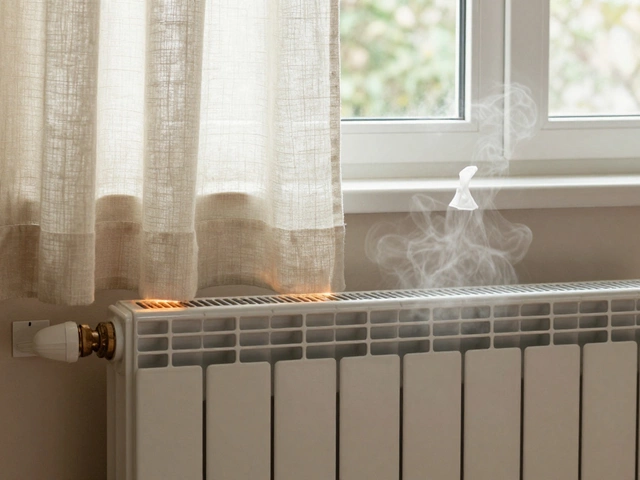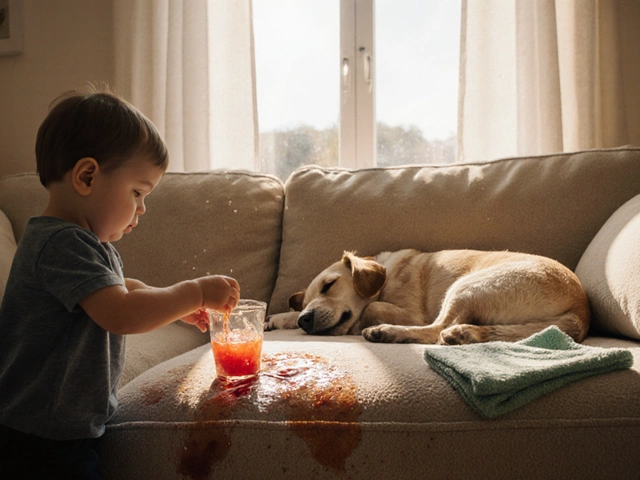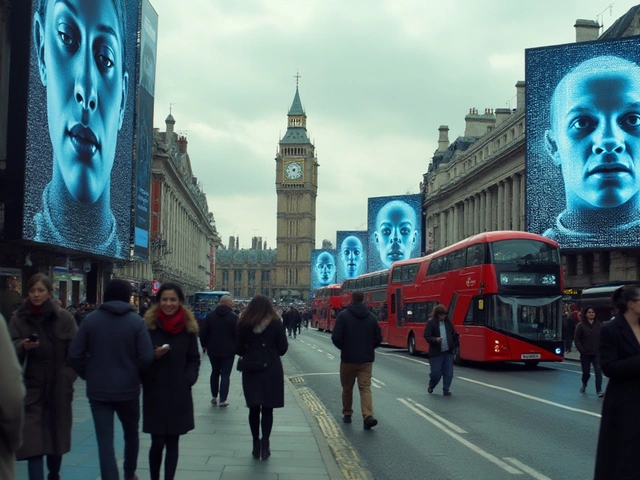What the 🗿 Moai Emoji Means in Texting and Online Chats
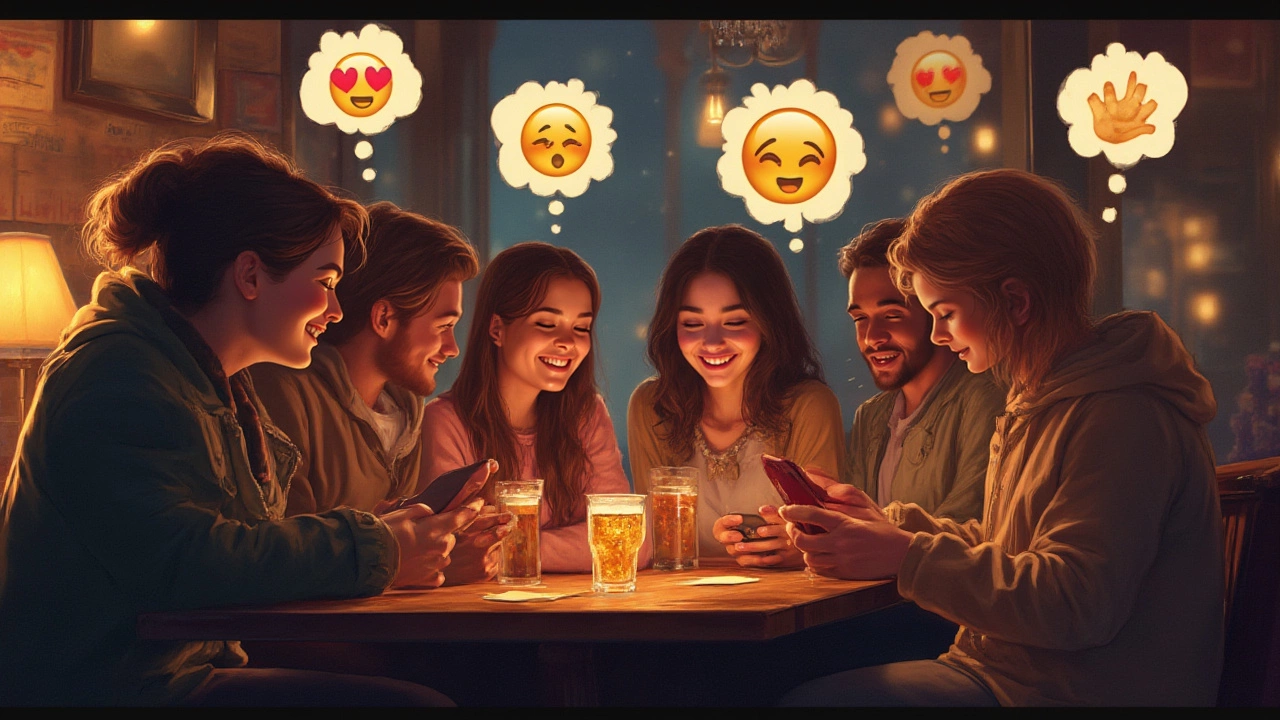
Ever gotten a 🗿 emoji in your messages and had zero clue what's going on? You’re not alone. This silent stone face pops up in conversations about as often as my cat Luna jumps on the keyboard—unexpected, a little mysterious, and strangely hard to ignore. Unlike a heart or smile, there’s no obvious emotion splashed across its blank face. Yet, Gen Z, meme-makers, and group chats everywhere have fallen in love with it. But what is everyone actually saying with 🗿? You’re not missing some ancient code. The meaning is slippery, but once you see how it’s used, you’ll spot its hypnotic stare everywhere.
Where Did the 🗿 Emoji Come From and Why Is It Popular?
On the surface, the 🗿 emoji looks exactly like a Moai statue from Easter Island: long, stoic face, heavy brows, tight lips. Originally, this emoji was approved as part of Unicode 6.0 in 2010, and intended simply to represent the famous stone monuments. But the internet rarely uses things as designers planned. Pretty quickly, people started slinging 🗿 around not to talk about ancient history or travel, but as a sort of deadpan reply or inside joke.
So why did it catch fire online? It’s all about that unreadable, unbothered vibe. In chats, 🗿 gets dropped when someone says something awkward, or when you want to show you’re totally unfazed, maybe even a bit sarcastic. If a friend brags about winning at Mario Kart for the 8th time, you might just hit them with a single 🗿 to tease them about being a tryhard. Or if someone asks a dumb question, answer with the stone face—no extra commentary needed. It’s silence, but louder.
Memes turbo-boosted its spread. Back in 2021-2022, TikTok creators started using 🗿 in reaction videos for its poker-faced energy, and soon it was everywhere—on Instagram, in YouTube comment debates, popping up on Discord. Humor accounts started pairing 🗿 with dry, ironic captions, and suddenly, the stone face became a secret handshake for people in the know. The surge in popularity is wild: in 2023, Emojipedia noted a 600% jump in 🗿 usage across social media compared to just two years earlier.
The emoji’s flexibility keeps it fresh. It signals anything from "I don’t care," to "I’m pretending not to be impressed," to "I’m holding back laughter." No actual words, just that iconic, expressionless stare. Kind of like when Luna ignores my fake laser pointer, but you know she’s totally judging me inside.
But here’s what’s fascinating: there isn’t just one "right" way to use 🗿. Its power is how users remix it, turning it into private jokes and subtle reactions. Ask ten different teens what it means, and you’ll get ten variations—"chill," "no reaction," "stone faced," "awkward," "savage," "dead inside." All technically different, but all channeling that blank mask.
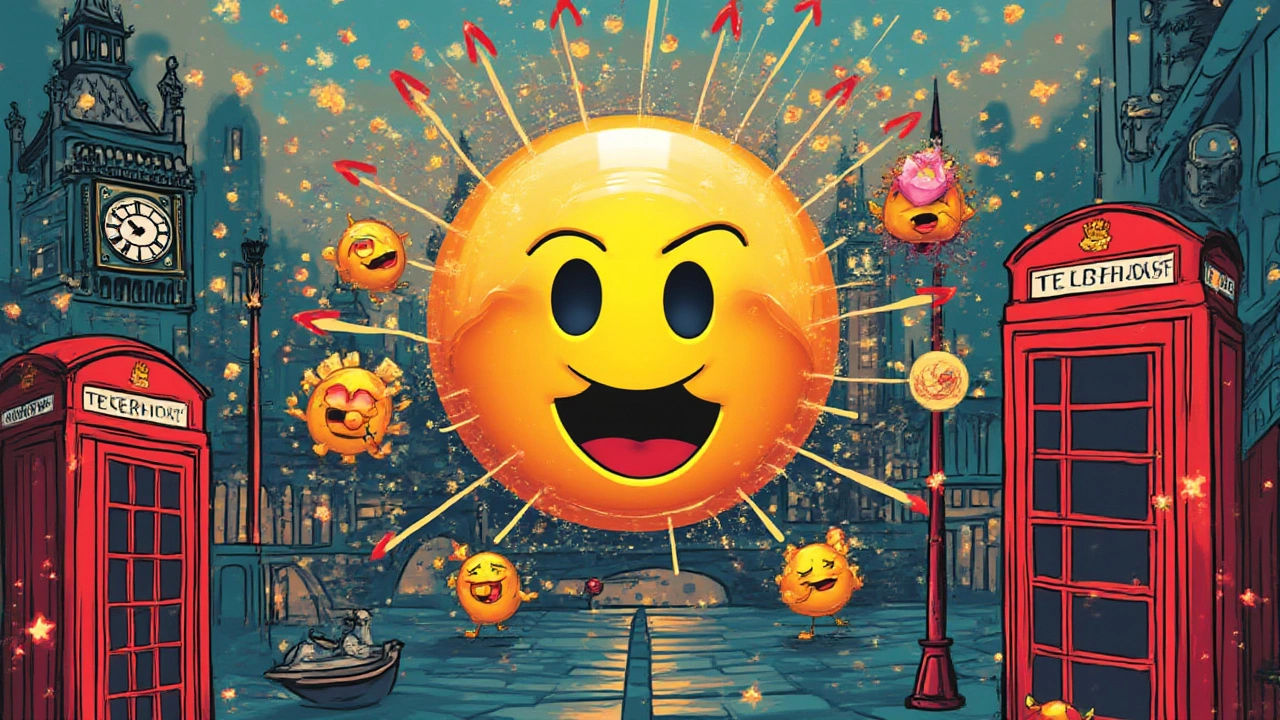
Ways People Use 🗿: Texting, Reactions, and Meme Magic
This little moai isn’t just a one-trick pony. Emojis are the closest thing to a tone of voice online—where sarcasm, playfulness, or mild irritation would get lost in plain text, 🗿 steps in to fill the gap. Let’s break down a few classic uses.
- Deadpan Reaction: Someone tells a joke that flops? Drop a 🗿 for that chilly, stony silence.
- Sarcasm or Cynical Humor: If you want to poke fun at a humblebrag, or answer "How are you?" during finals with just 🗿, it says everything.
- Awkward Situation: When a convo takes a turn into TMI territory or you just want out, 🗿 signals that you’re not adding more to that.
- Pretending Not to Care: If people argue in your group chat and you want to stay out of the drama, a lone 🗿 makes your neutrality clear.
- Meme Layering: Creators combine the moai with other emojis (like 💀 for "dead inside" laughter, or 🚶 for "walking away in silence") for extra flavor.
Some users also stack a row of 🗿🗿🗿 for maximum stone-faced intensity, or use it ironically, responding to over-emotional texts with nothing but that giant stone face. If you spot it in the wild, check the vibe of the chat—it might mean anything from a sarcastic burn to playful trolling.
Group chats really run with the moai. You’ll see arguments punctuated with 🗿, especially when someone’s trying to look above the fray. And in the world of fandoms and meme subcultures, 🗿 sometimes appears next to random phrases, almost as a weird, in-the-know punctuation mark, the way people used to drop random lols and xDs in the early 2000s. TikTok commenters love it when creators keep a straight face after something ridiculous, and viewers reply with the emoji, kind of as a trophy for "unbreakable composure."
Want to see just how fast this thing caught on? Check out this table showing usage trends pulled from social media reports over the past few years:
| Year | Social Mentions of 🗿 |
|---|---|
| 2020 | 18,000 |
| 2021 | 60,000 |
| 2022 | 155,000 |
| 2023 | 250,000 |
That’s a huge leap for an emoji with almost no "traditional" meaning, proof that its blank face can say whatever you want. When you’re tired, overwhelmed, or just don’t want to type out a reaction, the 🗿 holds your place in the chat. It’s perfect for lurkers and sarcastic masterminds alike.
If you want to master the moai, try dropping one the next time a friend starts a melodramatic rant over a minor inconvenience. Or, if you’re in a dry group chat, use it to show your unbothered vibe. Just don’t use it when someone’s genuinely sad or needs support; the blankness can come off as cold if the timing’s wrong.
And a tip for iPhone users: If you can’t find 🗿 in your emoji picker right away, just type “moai” or “stone” in your search bar—or copy and paste from a chat. On Android, it’s generally hiding in the “Objects” section.
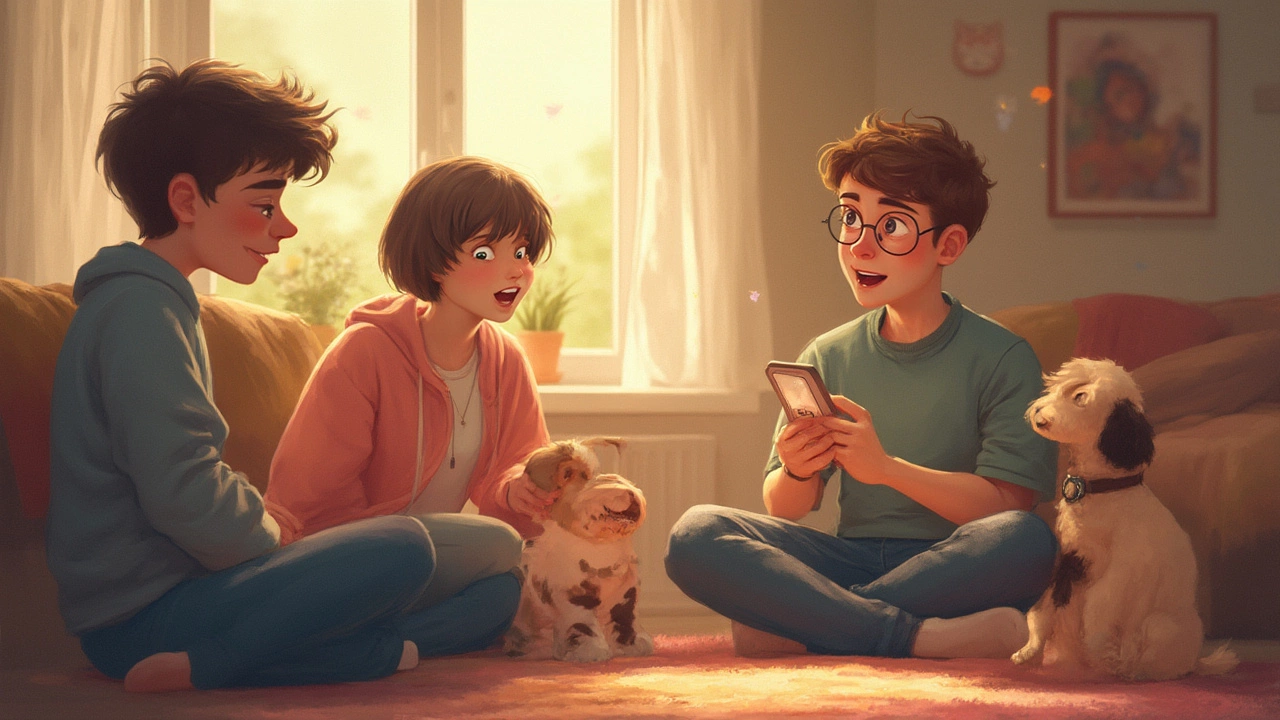
The Symbolism, Psychology, and Staying Power of 🗿
So why do people love an emoji with zero emotion? Maybe emojis like 🗿 work because they leave room for interpretation. It’s like giving someone a poker face—are you hiding joy, annoyance, or are you just tired of explaining why you’re late again?
This aligns with what digital communication experts have noticed for years. As psychologist Dr. Amanda Gesselman puts it,
“Emojis help fill the gaps where tone and body language used to guide conversations. The more ambiguous the emoji, the more users can customize the meaning for their own situation.”The 🗿 fits right in, allowing for shade, humor, or indifference with one click. It’s the opposite of the overly cheerful smiley faces people used to use.
Some see 🗿 as a symbol of emotional shutdown. When chatting gets overwhelming or you just want to emotionally check out, it works as your stone wall. Social media makes it easy to slip into a “deadpan mode”—observing, not reacting. This is huge with Gen Z and younger Millennials, who love dry humor and ironic distance. You can be "in the chat" without really exposing your feels.
Others think the appeal lies in its meme value. Online culture thrives on remixing and repurposing. Just as Pepe the Frog turned from a simple cartoon into a complex meme, 🗿 has become shorthand for deadpan sarcasm, indifference, and memetic cool. It’s a stone face, but it’s also a shared wink between friends who get the joke.
If you want to make the most out of 🗿, here’s what to keep in mind:
- Context is everything. In a playful chat, 🗿 is funny. In serious talks, stick to actual words or empathetic emojis so you don’t seem cold.
- Less is more. A single moai often hits harder than a wall of them, unless you’re going for maximum meme.
- Pair it wisely. Try matching it with other emojis to adjust the mood—add 💀 for “dead inside” sarcasm, 🚶♂️ for the dramatic exit, or 🤭 for a secretly amused twist.
- Keep up with shifts in meaning. Emojis sometimes change vibes or are adopted for new memes. What’s cool today can get stale, or even awkward, pretty fast.
- If in doubt, ask! If you see 🗿 used in a new way, just drop a quick "what’s the moai for?" and most people will happily explain.
The internet never stands still. What makes the 🗿 special is how it became a mirror for digital moods—sometimes numb, sometimes sassy, sometimes just absent. People love it because it says so much by saying nothing. My own group chats? Let’s just say that when Luna pushes my cup off the desk one more time, 🗿 is all I’m sending.
Now that you know what 🗿 means, get ready to see it with fresh eyes whenever it pops up. Whether you use it for silent power moves or as a badge of meme-culture honor, this emoji’s not quitting anytime soon. Keep a stone face handy—you’ll need it more than you think.

